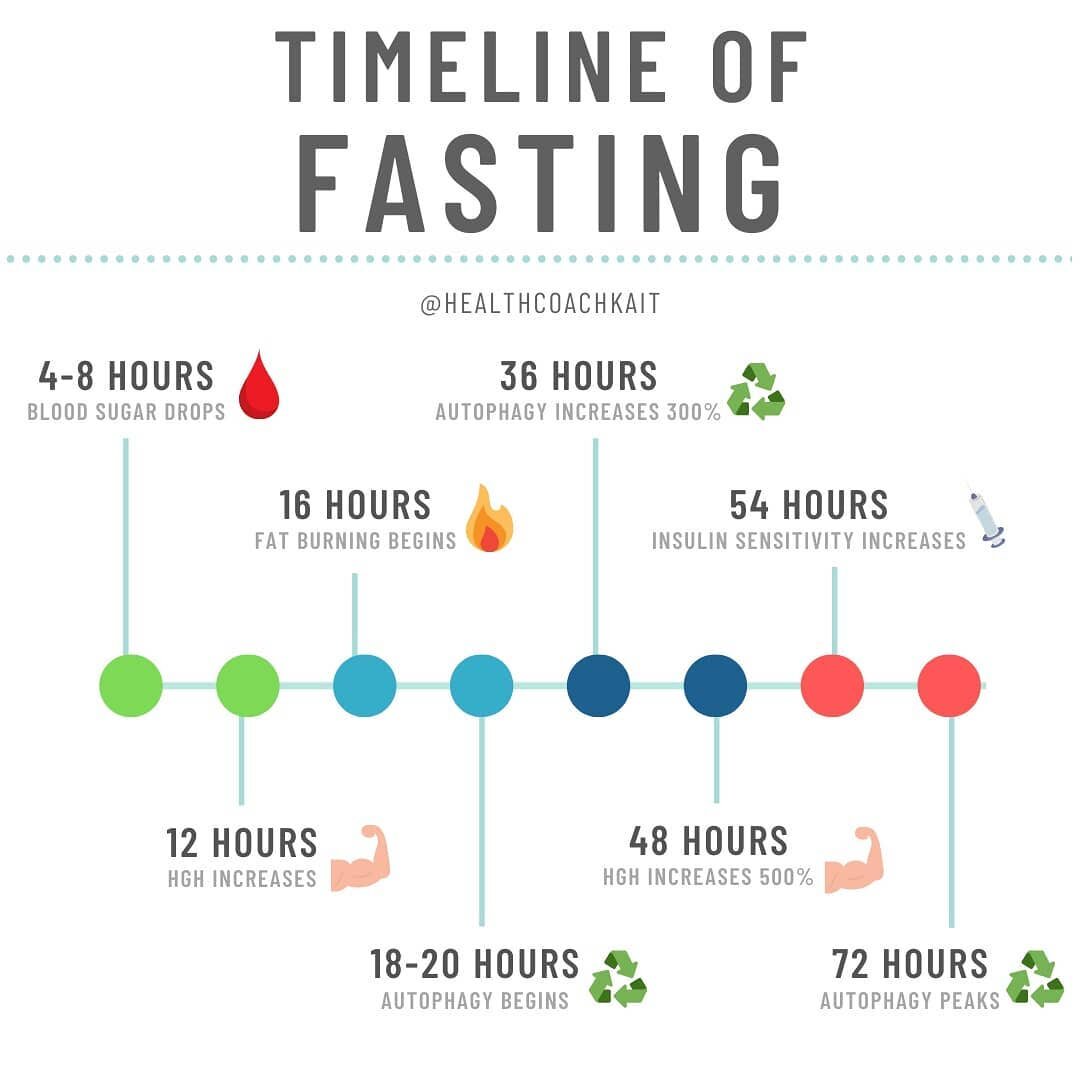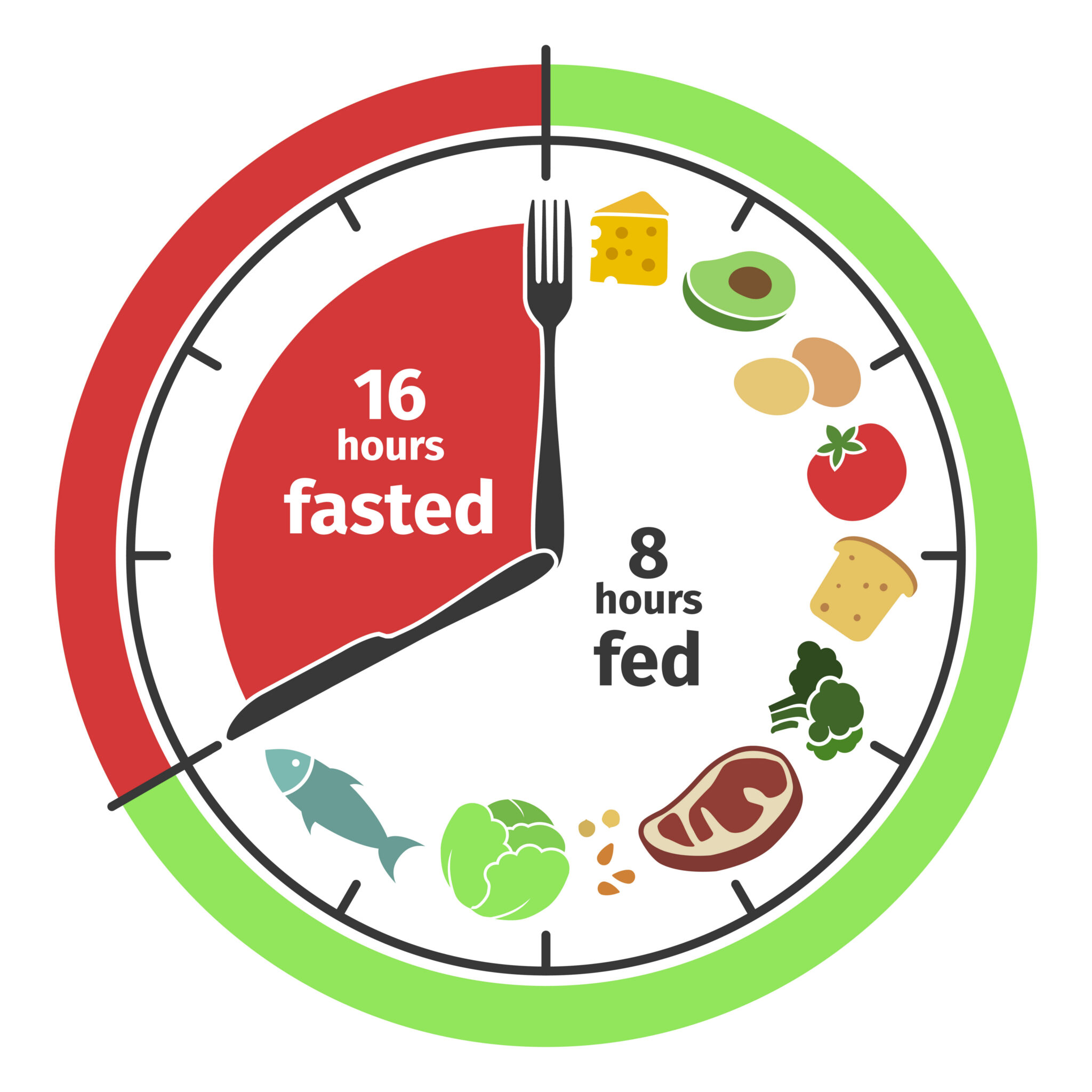Understanding Fasting for 4
The Science Behind Fasting for 48 Hours: What Happens to Your Body?
Fasting for 48 hours triggers a series of physiological changes in the human body, primarily driven by the reduction in caloric intake. One of the most significant benefits of fasting for 48 hours is its potential impact on metabolic health. During this period, the body undergoes a metabolic switch, transitioning from using glucose as its primary energy source to burning stored fat for fuel, a process known as ketosis.
This shift in energy metabolism can lead to improved insulin sensitivity, reduced inflammation, and enhanced fat oxidation, all of which contribute to better overall metabolic health. Additionally, fasting for 48 hours can stimulate autophagy, a cellular process that involves the breakdown and recycling of damaged cell components, promoting cellular repair and maintenance.
Staying hydrated and maintaining electrolyte balance are crucial during a 48-hour fast. As caloric intake decreases, the body loses water and electrolytes through urine and sweat, which can lead to dehydration and electrolyte imbalances if not properly managed. Consuming adequate amounts of water and electrolyte-rich beverages, such as bone broth or electrolyte-infused water, can help mitigate these risks and ensure a safe and effective fasting experience.
Preparing for a 48-Hour Fast: Tips and Recommendations
Embarking on a 48-hour fast requires careful planning and preparation to ensure a safe and successful experience. The following tips and recommendations can help those considering a 48-hour fast navigate the process with confidence.
First, it’s essential to gradually reduce food intake in the days leading up to the fast. This gradual tapering can help the body adjust to the decreased caloric intake, minimizing potential side effects such as headaches, fatigue, or irritability. Begin by eliminating processed foods, sugars, and caffeine, focusing instead on whole, nutrient-dense options like fruits, vegetables, lean proteins, and whole grains.
Managing hunger and cravings is another critical aspect of preparing for a 48-hour fast. Engaging in distracting activities, such as reading, watching movies, or engaging in hobbies, can help take the focus off food and make the fasting period more manageable. Staying mentally focused and setting achievable goals can also contribute to a more successful fasting experience.
Lastly, it’s crucial to listen to one’s body throughout the fasting process. If symptoms such as dizziness, weakness, or severe discomfort occur, it may be necessary to adjust or even abandon the fast. Consulting with a healthcare professional before attempting a prolonged fast can provide valuable insights and guidance tailored to individual needs and circumstances.
Breaking a 48-Hour Fast: The Right Way to Reintroduce Food
Breaking a 48-hour fast requires careful consideration to ensure a smooth transition back to a regular eating pattern. Gradually reintroducing food helps prevent digestive discomfort, bloating, and potential overeating. The following guidance can help individuals safely and effectively break a 48-hour fast.
First, start by consuming nutrient-dense, easy-to-digest liquids, such as bone broth, vegetable broth, or fruit-infused water. These liquids provide essential electrolytes and nutrients while allowing the digestive system to gently ease back into processing solid foods. After a few hours, consider introducing soft, easily digestible foods like cooked vegetables, fruits, or steamed fish.
It’s crucial to avoid overeating or consuming high-calorie, low-nutrient foods after a 48-hour fast. Overindulging can lead to digestive issues, bloating, and an increased risk of poor food choices. Instead, focus on balanced, nutrient-dense meals that promote satiety and support overall health. Gradually increase portion sizes and food variety over several days to allow the digestive system to adjust.
Additionally, pay attention to hunger cues and avoid eating solely out of habit or emotion. Eat slowly and mindfully, savoring each bite and allowing the body time to signal fullness. This approach can help prevent overeating and promote a healthier relationship with food.
Fasting for 48 Hours: Personal Experiences and Anecdotal Evidence
Individuals who have successfully completed a 48-hour fast often report a range of benefits and insights. These personal experiences and anecdotal evidence can provide valuable context and motivation for those considering a 48-hour fast.
One individual shared their experience of increased mental clarity and focus during the fasting period. They reported feeling more productive and alert, attributing these benefits to the absence of digestive demands and the release of brain-derived neurotrophic factor (BDNF), a protein that supports neuron growth and survival.
Another person emphasized the importance of setting personal goals and intentions before starting a 48-hour fast. By focusing on specific objectives, such as weight loss, cellular repair, or spiritual reflection, they found it easier to stay committed and motivated throughout the process.
Many individuals also highlighted the value of community and support during a 48-hour fast. Joining online forums, engaging with like-minded individuals, or enlisting the help of friends and family can provide encouragement, accountability, and a sense of camaraderie during the fasting journey.
To stay motivated and committed to the fasting process, consider setting clear goals, seeking support from others, and maintaining a positive mindset. Remember that personal experiences and anecdotal evidence can offer valuable insights and inspiration, but it’s essential to approach fasting for 48 hours with a balanced, informed perspective.
Fasting for 48 Hours: Potential Risks and Contraindications
While fasting for 48 hours can offer various benefits, it’s essential to be aware of the potential risks and contraindications associated with this practice. Certain medical conditions, medications, and lifestyle factors may increase the risk of adverse effects, making it crucial to consult with a healthcare professional before attempting a prolonged fast.
Individuals with a history of eating disorders, such as anorexia or bulimia, should avoid fasting for 48 hours, as it may exacerbate disordered eating patterns and negatively impact mental and physical health. Additionally, those with diabetes, particularly those taking insulin or other blood sugar-regulating medications, should proceed with caution, as fasting can lead to dangerously low blood sugar levels.
Pregnant or breastfeeding women, as well as individuals with a history of gallstones or kidney issues, should also avoid fasting for 48 hours. Moreover, those taking prescription medications, especially those that must be taken with food, should consult their healthcare provider before attempting a prolonged fast.
Lifestyle factors, such as high levels of stress, inadequate sleep, or a lack of nutrient-dense food options, may also increase the risk of adverse effects during a 48-hour fast. It’s essential to prioritize stress management, sleep, and a balanced diet when incorporating fasting into one’s health and wellness routine.
By understanding the potential risks and contraindications associated with fasting for 48 hours, individuals can make informed decisions about whether this practice is appropriate for their unique needs, goals, and circumstances.
Alternatives to Fasting for 48 Hours: Other Intermittent Fasting Methods
While fasting for 48 hours can be a beneficial practice for some individuals, it may not be suitable for everyone. Various other intermittent fasting methods can offer similar advantages, with different levels of commitment and flexibility. Understanding these alternatives can help individuals choose the right fasting method based on their unique goals, preferences, and lifestyle.
16:8 Method
The 16:8 method involves restricting daily caloric intake to an 8-hour window, followed by a 16-hour fast. This approach is often more accessible for beginners and can be easily incorporated into daily routines. Many individuals find that scheduling their eating window around work or school hours helps maintain consistency and adherence.
5:2 Method
The 5:2 method involves eating normally for five days of the week and restricting caloric intake to 500-600 calories on the remaining two non-consecutive days. This method can be an excellent option for those looking to incorporate fasting into their routine without committing to a full 24-hour fast.
Alternate-Day Fasting
Alternate-day fasting involves alternating between days of normal caloric intake and days of significantly reduced or zero caloric intake. This method can be more challenging than the 16:8 or 5:2 methods, but it may offer more rapid results for those focused on weight loss or metabolic health.
When choosing an intermittent fasting method, consider factors such as personal goals, schedule, and lifestyle. It’s essential to listen to one’s body and adjust the fasting plan as needed. Consulting with a healthcare professional or registered dietitian can provide valuable insights and guidance tailored to individual needs and circumstances.
Incorporating Fasting for 48 Hours into a Healthy Lifestyle: A Long-Term Perspective
Fasting for 48 hours can be a valuable tool for improving metabolic health, managing weight, and promoting cellular repair. However, it’s essential to view this practice as part of a balanced, sustainable approach to health and wellness. By combining fasting with a nutritious diet, regular exercise, stress management, and adequate sleep, individuals can create a comprehensive lifestyle plan that supports overall well-being.
Nutritious Diet
A well-balanced diet rich in whole, nutrient-dense foods is crucial for maintaining optimal health. Focus on consuming a variety of fruits, vegetables, lean proteins, whole grains, and healthy fats. Avoid processed and high-sugar foods, which can contribute to inflammation, weight gain, and other health issues.
Regular Exercise
Physical activity is vital for maintaining a healthy weight, strengthening the cardiovascular system, and promoting overall well-being. Aim for at least 150 minutes of moderate-intensity aerobic exercise or 75 minutes of vigorous-intensity aerobic exercise per week, along with muscle-strengthening activities on two or more days a week.
Stress Management
Chronic stress can negatively impact various aspects of health, including metabolism, immune function, and mental well-being. Incorporate stress-reduction techniques, such as meditation, deep breathing, yoga, or progressive muscle relaxation, into your daily routine to help manage stress levels.
Adequate Sleep
Sleep plays a critical role in overall health, influencing metabolism, mood, cognitive function, and immune system regulation. Prioritize getting 7-9 hours of high-quality sleep each night to support optimal health and well-being.
By incorporating fasting for 48 hours into a balanced, holistic approach to health and wellness, individuals can experience the potential benefits of this practice while promoting long-term well-being. Consult with a healthcare professional or registered dietitian for personalized advice and guidance tailored to your unique needs and circumstances.


.jpg)





